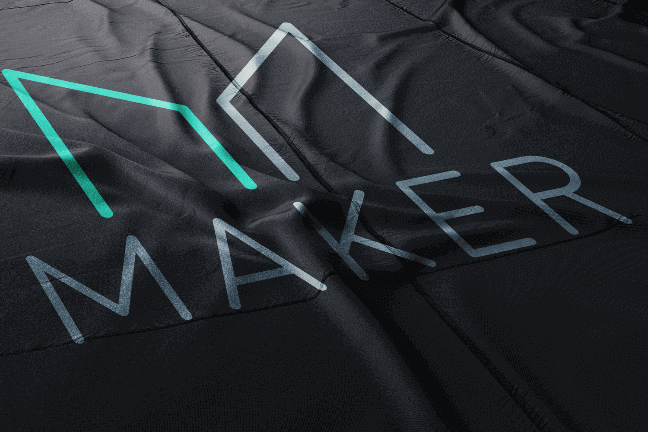MakerDAO Community Votes For DAI Interest Rate Hike To 8% –

MakerDAO‘s community has shown strong support for the implementation of the Enhanced DAI Savings Rate (EDSR) proposal, with an overwhelming majority of over 99.9% voting in favor. The voting process began on July 24 and recently concluded, with less than 0.5% of the community voting against it.
The EDSR, as outlined in the proposal presented by MakerDAO’s founder, Rune Christensen, will temporarily increase the DAI savings rate (DSR) for users when DSR utilization is low. Once utilization reaches a certain threshold, the one-time EDSR mechanism will be phased out.
Currently, MakerDAO offers a DAI savings rate of 3.19%, which is among the highest in the decentralized finance (DeFi) sector. However, this high rate has not generated the desired growth in demand and capital inflow for the DeFi lending protocol. With the implementation of the EDSR, the savings rate could potentially reach as high as 8%, more than double what competitors like Aave and Compound offer.
The intention behind the elevated interest rate is to encourage stablecoin users to consider DAI over other popular rivals like USDT and USDC. By doing so, DAI holders would receive a larger share of the protocol’s earnings, incentivizing greater adoption of the token.
Founder Rune Christensen emphasized the importance of focusing on growing the demand for DAI and DSR as a key short-term mission for the MakerDAO community.
The governance vote came at a time of concern over DAI‘s circulation, which has seen a decline of about one-third over the past year. Despite boasting a substantial market capitalization of $4.5 billion, the daily trading volume of DAI has also experienced a significant drop of over 80% since last year.
The strong community support for the Enhanced DAI Savings Rate proposal reflects the MakerDAO community’s determination to boost demand for DAI and further solidify its position in the competitive DeFi landscape. The hope is that the increased interest rate will attract more users and ultimately address the decline in circulation experienced recently.
Image Credit: Shutterstock